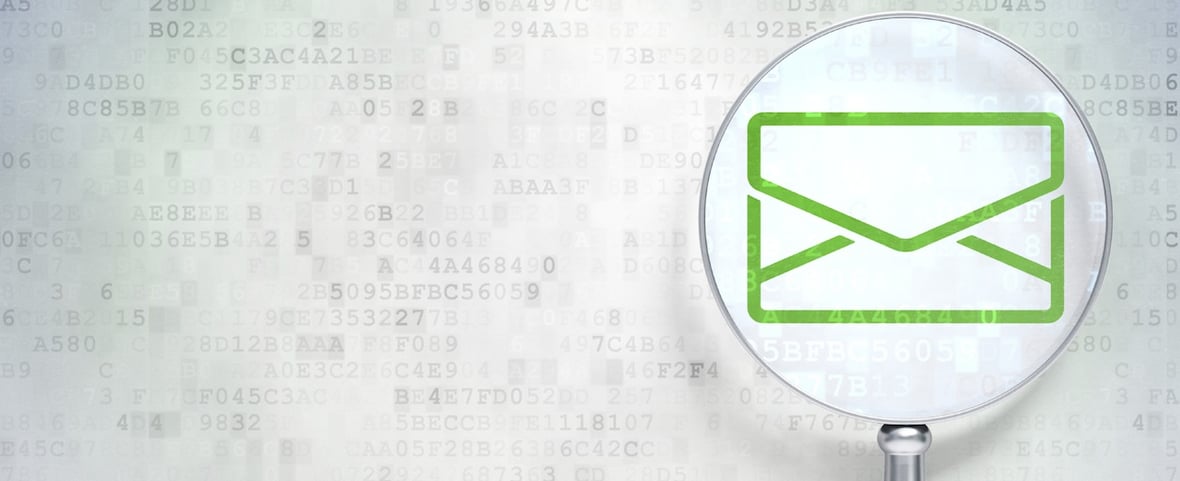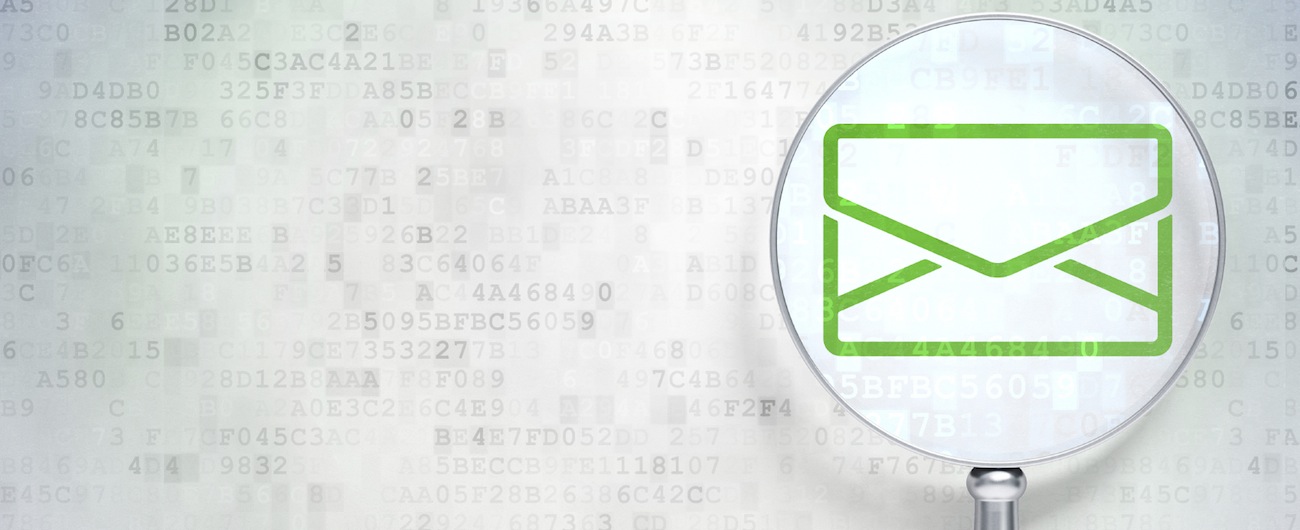
What Are the Best Days and Times to Send Marketing Emails?
August 12, 2015
By Amber Kemmis
 You’ve come to this blog looking for a straight answer. And yes, wouldn’t it be awesome if I could tell you that by sending your email at noon on Wednesdays your email campaigns will have stellar performance? Unfortunately, the optimal day and time to send marketing emails is as mythical as Big Foot. Sure, you can examine a number of factors that contribute to the best timing, but there isn’t a magic formula for the best day and time. Truth be told, you’ll ultimately have to figure out what is best for your marketing emails through testing, but you can start off on the right foot by knowing some industry trends and considerations.
You’ve come to this blog looking for a straight answer. And yes, wouldn’t it be awesome if I could tell you that by sending your email at noon on Wednesdays your email campaigns will have stellar performance? Unfortunately, the optimal day and time to send marketing emails is as mythical as Big Foot. Sure, you can examine a number of factors that contribute to the best timing, but there isn’t a magic formula for the best day and time. Truth be told, you’ll ultimately have to figure out what is best for your marketing emails through testing, but you can start off on the right foot by knowing some industry trends and considerations.
First, Think About Spam
Before you can think about the best time and day to send marketing emails, you need to ensure that your email content is worthy of surpassing spam filters. Today’s spam filters and even features like Gmail’s Promo tab, are becoming smarter and smarter at detecting irrelevant, marketing email, which means you have to up your game to get past them. Here are some of the most important considerations:
CAN-SPAM Act
You likely know this, but this law requires you to always include a working unsubscribe link and a physical address, as well as avoid deceptive headlines in email. Failing to do so isn’t just debilitating your reach to a subscriber’s inbox, it’s actually illegal.
Quality Lists
You've heard it time and time again - use a quality list when sending email marketing campaigns. Unfortunately, there are still executives and marketers out there who still insist on blasting their message to as many as possible. Likely, they do this because they do not truly understand how spam filters work, but if they knew, they’d be less likely to push the “blast to everyone from the past” email sending method. Let’s look at this closer . . .
When a sender sends an email to a recipient, some spam filters look at the domain of the sender. If that sender has shown to make multiple attempts to bounced emails or if that sender’s email domain doesn’t match the server the email is being sent from, a spam filter will detect this, and the sender’s overall quality score decreases. Thus, future campaigns from that sender are routed to junk or won’t even be delivered. To keep a quality email list, ensure the following:
-
Don’t purchase lists
-
Don’t email recipients who you haven’t emailed in a while
-
Stop sending to unengaged subscribers
-
Ensure you ask recipients to opt-in
The Subject Line and Message
Spam detecting that uses content filtering to identify the quality of a message and sender dives deep into the content by looking at some of the commonalities of spammy content. Some of them, which you should avoid, include:
-
Links or domains in the email that are blacklisted
-
Missing a plain text version of an HTML email
-
Spammy words including “FREE”, “Business Offer”, “Save up to”, and “Click”. Get a full list here from HubSpot of spammy words to avoid.
-
High ratio of images compared to text
-
Using all caps or excessive exclamation points
Keeping all of this in mind, the bottom line to avoiding spam filters is to create content that doesn’t appear spammy to filters but also content that isn’t spammy to the reader. Your message should contain information that the reader finds valuable so that they continue to open your emails. When they open your emails because the content is valuable, you won’t need to be concerned about spam filters.
The Ideal Day & Time - Does It Exist?
Now, onto what you came for. As I mentioned, there are a number of variables that determine what the best day and time to send an email is for your company. One example of this comes from data derived by Pebble Design on the hotel and tourism industry. For the corporate or B2B audience, Thursday between 11 am and 2 pm was best; however, those traveling for leisure tend to open and click most between 2 pm and 5 pm.
The point being driven with this example is that there isn’t an ideal, one size fits all time and day for sending email campaigns. What really matters is taking a close look at your industry, audience and buyer behavior to know what is best.
Industry & Demographic Trends
So, if the industry and audience matter, what are some the trends related to each industry and audience? Let’s look at some insights from MailChimp to find out.
Weekend Email
While the weekend is typically a bad time to send email for corporate industries, it is optimal for various leisure type industries. Below is a graph of industries who should be sending on weekends.
10 A.M. Local Time
If you market at a national or international level, you have email recipients in multiple timezones. Considering this and data from across industries, MailChimp found that 10 am local time or shortly after was best for performance of emails that are non-leisure related. When sending campaigns, break up send times by time zones to ensure your email campaign performs well in every region.
Age Differences
In the MailChimp Insights, they also examined the differences between various age groups for peak open and click-through rates. Due to the sleep patterns and different lifestyle of college age recipients, it shouldn’t come as a surprise that optimal times for this audience is actually around 1 pm.
Campaign Differences
The goals of the email campaign and the type of campaign at hand may also determine the best time and day to send an email. For example, GetResponse found that open and click-through rates were highest not by day or a particular time in the day but by the time of the year, which was Q4 for consumer marketers. They point to the fact that most retail shopping is done in November and December.
When identifying the best day and time to send your email campaign, look at the campaign itself. Does it correlate with seasonal purchasing? Is it event related? Look at the factors in the campaign that may reveal when the best day and time to send the email are.
Mobile Changes Email Metrics
The rise of mobile has shifted email campaign performance much like it has the rest of marketing. Research from Campaign Monitor that analyzed over 6 million email campaigns found that 41 percent of emails are opened on mobile, while only 28 percent are opened on desktop. In addition, they also found that 25 percent of those who open an email on mobile will open that email again. Of those who open the email and do not click, 67 percent will click-through when opening the email a second time.
For marketers, this means that focusing too much on open rate, especially for mobile, isn’t the best indication of good performance because email recipients are likely to flag that email and come back later for more information.
Test, Test & Test
As you’ve surely noticed, the theme throughout this post is that optimal send day and times vary. Because of this, you’ll need to test, test and test again to continue to refine your email marketing campaigns. Taking into account variables such as the industry, audience and even the device used by your audience will help you to gauge the optimal day and time for your company to send email. A/B testing is one way to help test emails without having to look at multiple campaigns and eliminate the possibility of other variables. Learn more about A/B testing in this blog.
If you’d like to learn more about the software and resources you’ll need to effectively test your email campaigns, contact the team at SmartBug for a consultation.

About the author
Amber Kemmis was formerly the VP of Client Services at SmartBug Media. Having a psychology background in the marketing world has its perks, especially with inbound marketing. My past studies in human behavior and psychology have led me to strongly believe that traditional ad marketing only turns prospects away, and advertising spend never puts the right message in front of the right person at the right time. Thus, resulting in wasted marketing efforts and investment. I'm determined to help each and every one of our clients attract and retain new customers in a delightful and helpful way that leads to sustainable revenue growth. Read more articles by Amber Kemmis.






